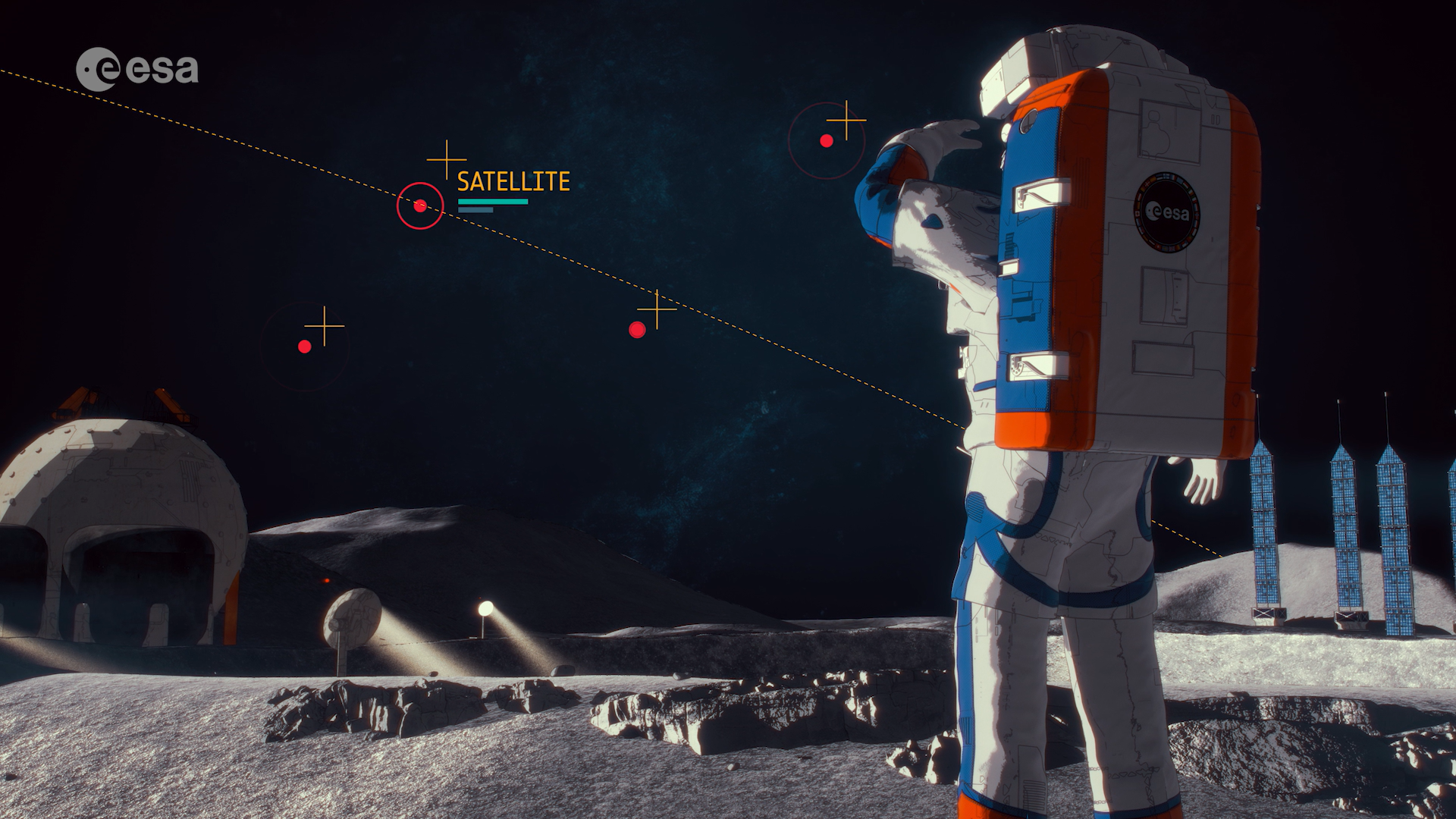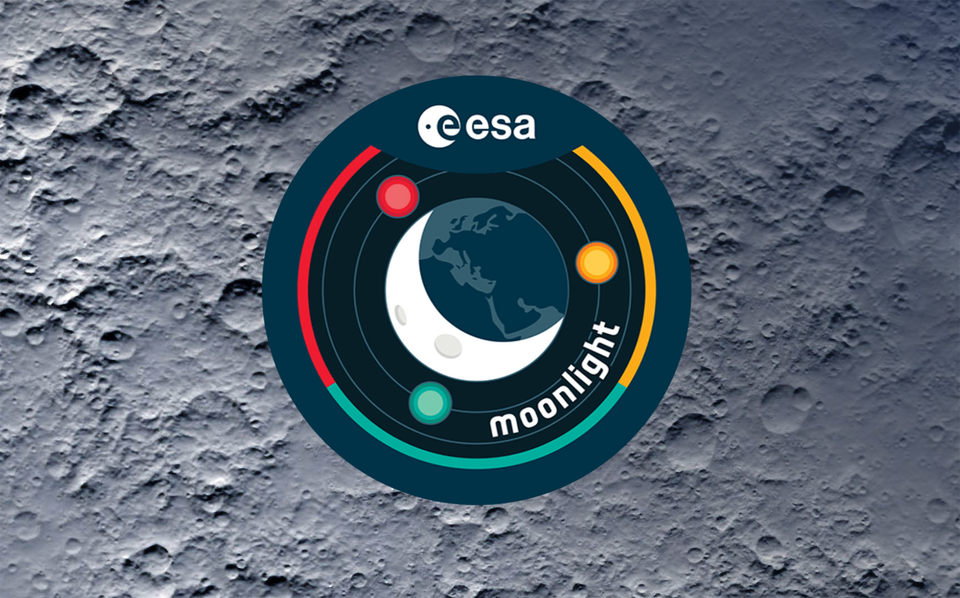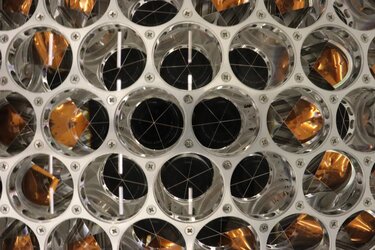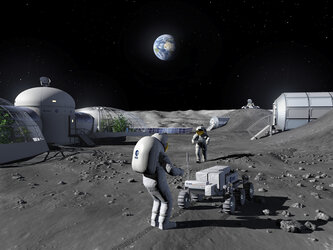ESA to invite companies to connect with the Moon
Space companies in Europe that could create telecommunications and navigation services for missions to the Moon will be invited to bid for the work, following the completion of two feasibility studies.
Some 250 missions to the Moon will launch over the next decade alone, according to market analysists Northern Sky Research, which the company predicts will activate a €100 billion lunar economy, creating jobs and prosperity on Earth.
ESA’s Moonlight initiative – which received financial backing from ESA’s Member States at the Council at the Ministerial level meeting held in Paris at the end of November – seeks to create a shared telecommunication and navigation service for these missions by encouraging European and Canadian space companies to put a constellation of satellites around the Moon.
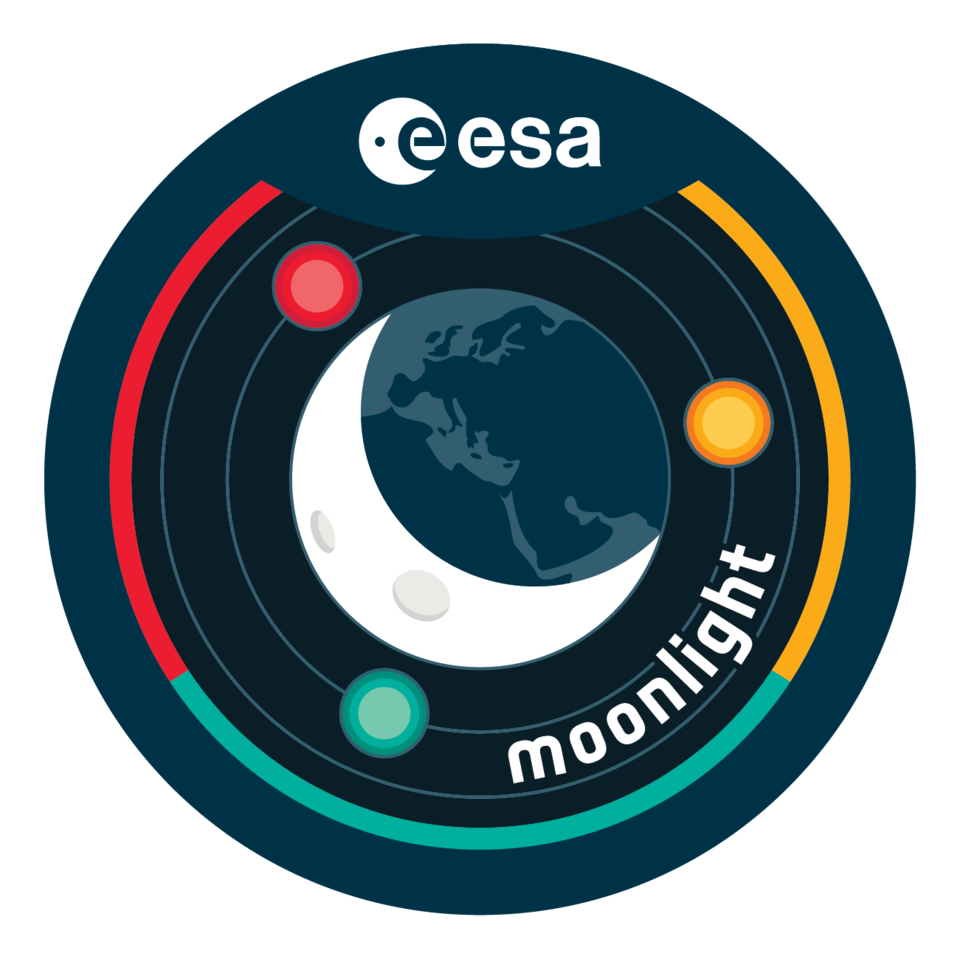
ESA has now completed two studies to assess the business case and the technical solutions for building and operating a constellation of lunar satellites.
Nearly 100 firms spanning the whole value chain have indicated that they are interested in becoming involved in the ambitious project.
ESA will either lead or be an international partner in many of the lunar missions, including those that envisage a permanent lunar presence. Space companies based in Europe and Canada involved in Moonlight would thus have an anchor customer, while being free to sell lunar communications and navigations services and solutions to whoever else wants to buy them.
Indeed, ESA supplied the European Service Module for NASA’s recent Artemis I mission to the Moon, in which an uncrewed test flight orbited the Moon before returning to Earth and gracefully splashing down in the Pacific Ocean on 9 December. All future Artemis lunar missions will be powered by ESA’s European Service Modules.
With ESA and other partners, NASA intends to build the lunar Gateway – an outpost in orbit around the Moon that will serve as the staging point for both robotic and crewed exploration of the lunar south pole. ESA will supply a habitat and refuelling elements for Gateway plus a communications module that will pave the way for Moonlight.
ESA has already initiated the Lunar Pathfinder project to provide initial communications services to early lunar missions, which will also help to prepare for the next stage of Moonlight. The Lunar Pathfinder will also include a navigation payload demonstrator, which will allow positioning in lunar orbit using GPS and Galileo systems for the first time, and is due to launch in 2025.
ESA’s European Large Logistics Lander – a lunar lander called Argonaut that could be used to supply the proposed lunar village or deliver scientific missions to the Moon’s surface – will also be designed so that it can benefit from the Moonlight constellation for telecommunications and navigation.
Using Moonlight means the lander will not have to only rely on a line-of-sight connection with the Gateway. Moonlight will improve the accuracy of its landing, and enable access to areas out of sight of the Gateway. Science missions using Moonlight will be able to live stream more high-quality video than would be possible without it, increasing the volumes of data and the speed of transfer and thus enabling better science to be done. Lunar rovers equipped with Moonlight receivers will be able to navigate autonomously with high accuracy on the lunar surface, enhancing mission opportunities and potential applications, and lowering their associated risk and cost.
Once Moonlight is in place, companies could create new applications in industries such as education, media and entertainment – as well as inspiring young people to study science, technology, engineering and maths, which creates a highly qualified future workforce.



